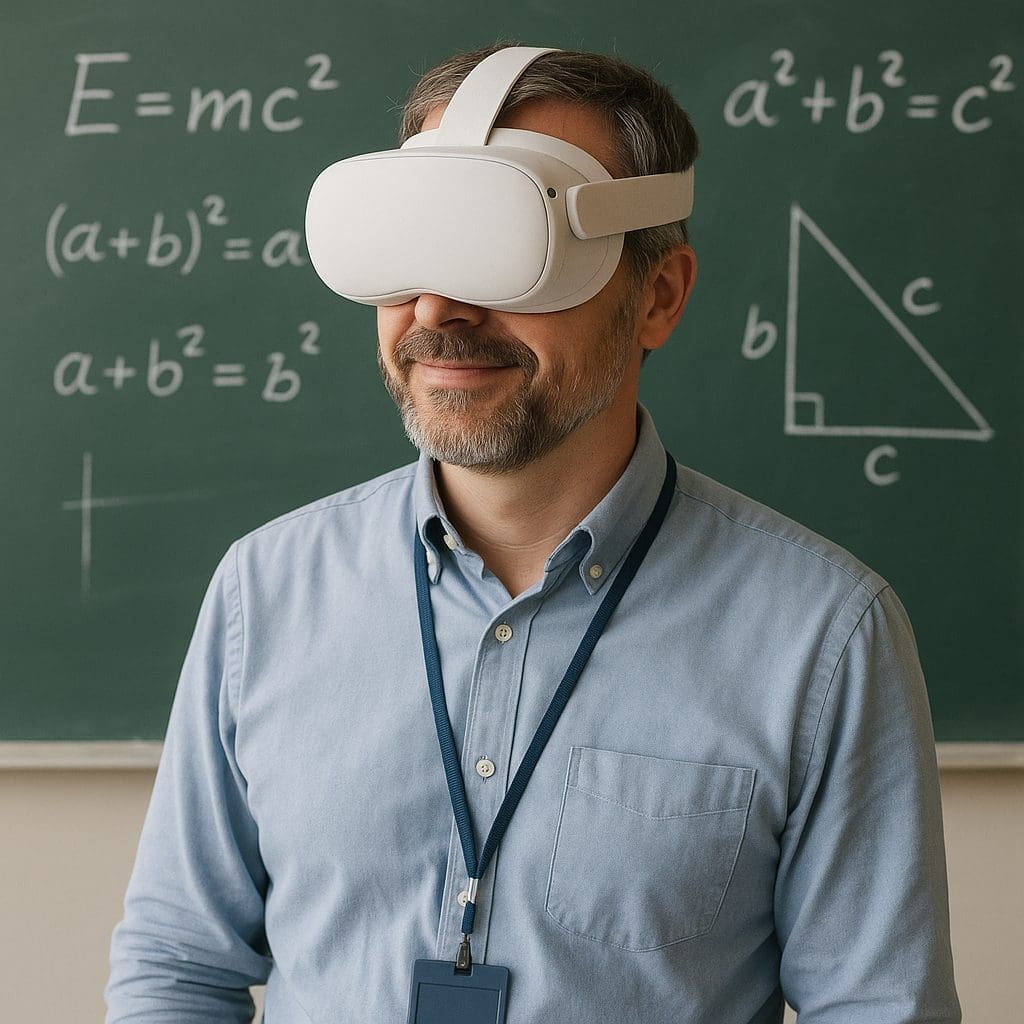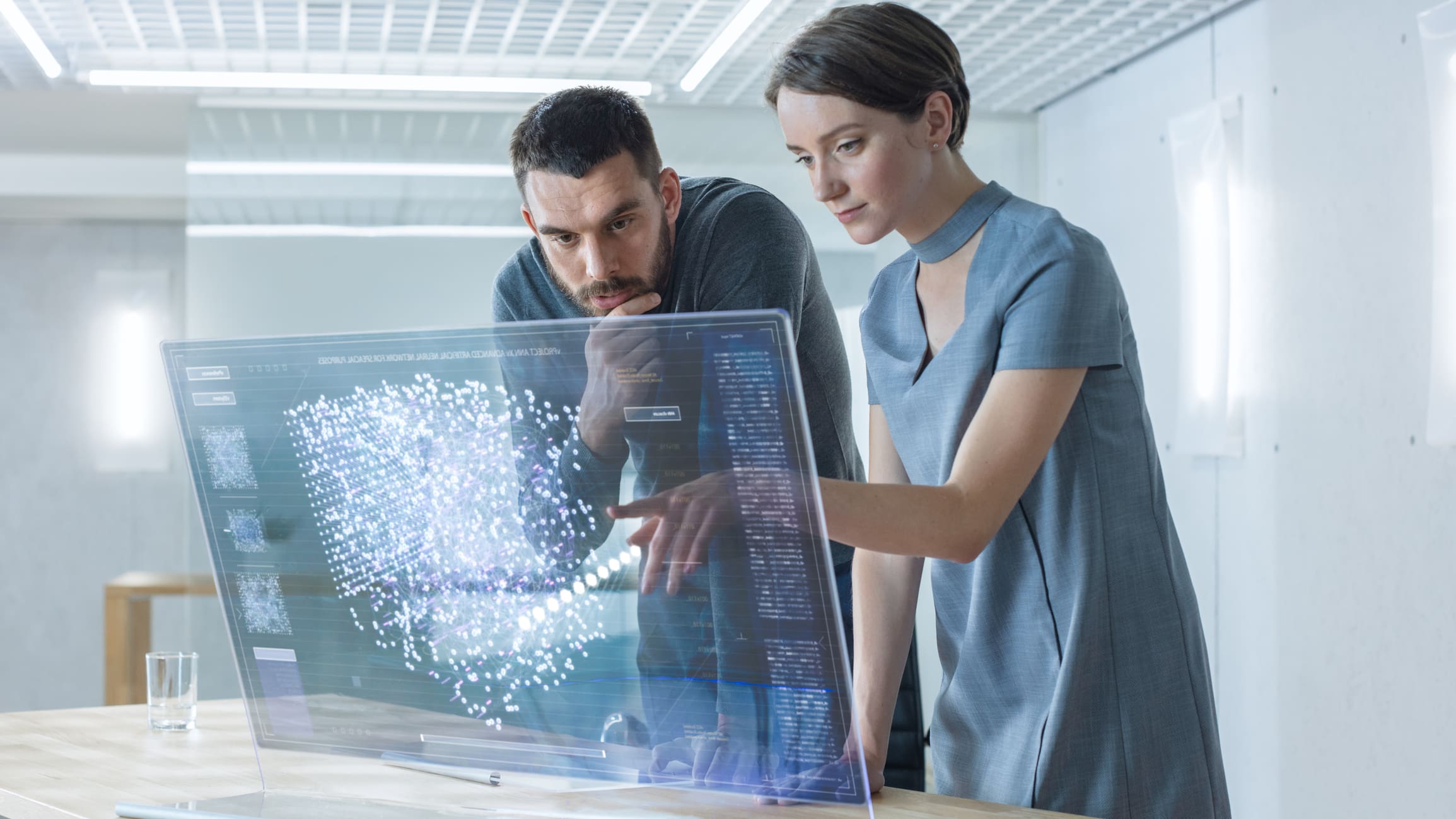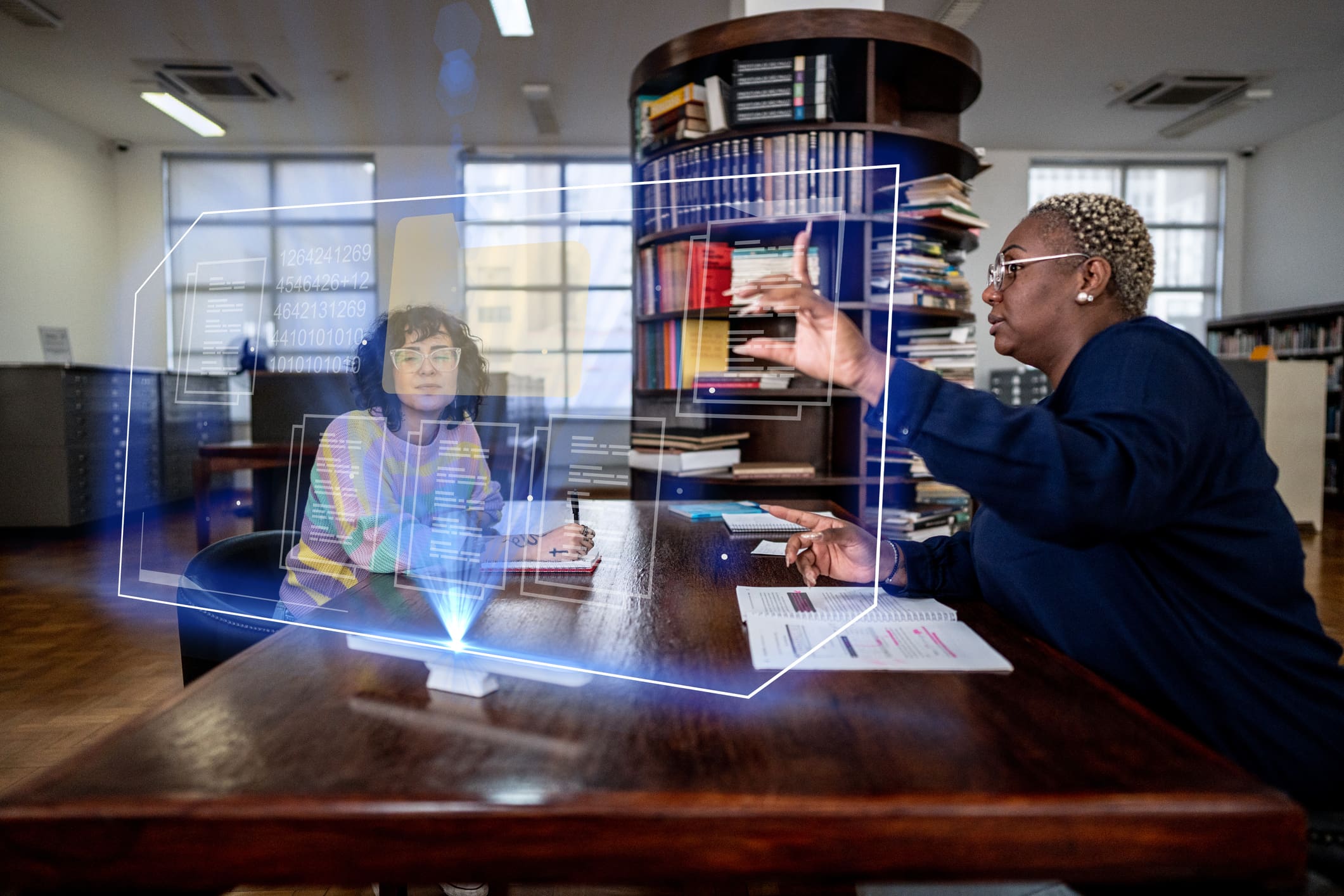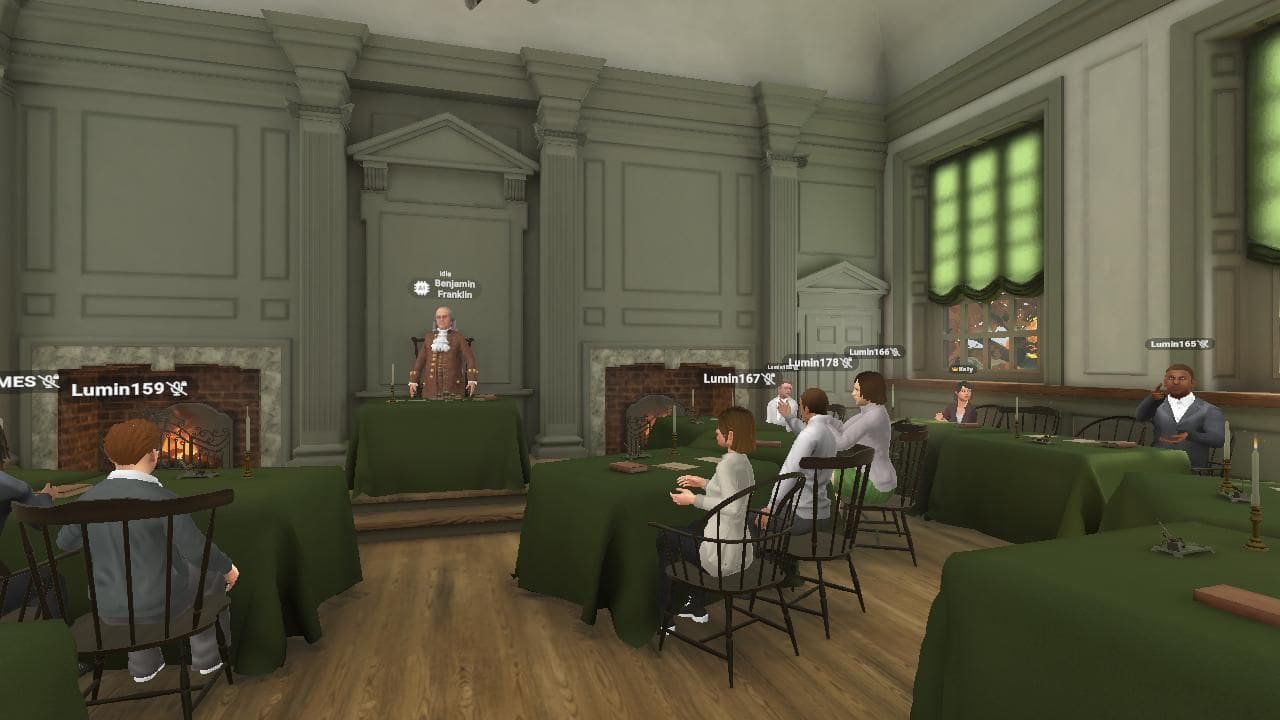
The Persistent Challenge of Educational Inequity
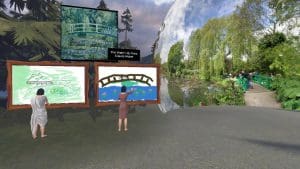 For generations, the “opportunity gap” has separated students with access to world-class experiences from those without. While some students visit historical landmarks, explore cutting-edge science labs, or attend international exchanges, others, often due to geography, funding, or family circumstances, never get these chances. The result is not just unequal exposure, but unequal futures.
For generations, the “opportunity gap” has separated students with access to world-class experiences from those without. While some students visit historical landmarks, explore cutting-edge science labs, or attend international exchanges, others, often due to geography, funding, or family circumstances, never get these chances. The result is not just unequal exposure, but unequal futures.
In an increasingly global economy, experiences that broaden perspective, deepen knowledge, and cultivate curiosity are essential, yet access to these experiences is not distributed equally. That’s where immersive technology is rewriting the rules.
VR as an Equalizer
Virtual Reality (VR) is no longer a futuristic novelty—it’s a proven tool for transforming education. By creating immersive, three-dimensional environments, VR allows every student to step beyond the walls of their classroom and into a world of limitless possibility.
-
Cultural Access: Students in rural schools can “walk” through the Louvre, experience an ancient Mayan temple, or stand inside Shakespeare’s Globe Theatre without leaving home.
-
Scientific Discovery: Instead of reading about cellular biology, learners can shrink down to explore a human cell from the inside.
-
Career Exploration: High schoolers can virtually shadow surgeons, engineers, or architects, building exposure to career paths that were once inaccessible.
The best part? These experiences are not reserved for the privileged few. When deployed strategically, VR brings equity of access to world-class opportunities.
Closing Gaps Beyond Geography
The opportunity gap isn’t just about location—it’s also about socioeconomic status, physical ability, and learning differences. VR uniquely addresses these barriers:
-
Cost Barriers: A school trip abroad may cost thousands per student; a VR headset can unlock dozens of global journeys for a fraction of the price.
-
Accessibility: Students with mobility limitations can now explore environments that would have been physically impossible to access.
-
Personalization: VR allows learners with different learning styles or unique abilities to control pacing, revisit concepts, and use supportive tools built into immersive environments.
Why Schools Can’t Afford to Wait
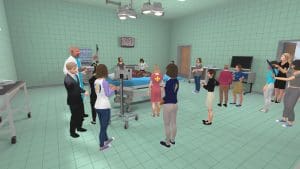 Closing the opportunity gap isn’t a “nice to have”—it’s essential for preparing students for the world they’ll inherit. Employers increasingly value global perspectives, cultural awareness, and problem-solving skills gained through hands-on learning. Schools that fail to provide these experiences risk leaving students behind.
Closing the opportunity gap isn’t a “nice to have”—it’s essential for preparing students for the world they’ll inherit. Employers increasingly value global perspectives, cultural awareness, and problem-solving skills gained through hands-on learning. Schools that fail to provide these experiences risk leaving students behind.
VR also maximizes return on investment. One headset can serve hundreds of students across multiple grades, unlocking an expanding library of immersive content in science, history, art, and career exploration. Unlike a one-time field trip, VR builds a sustainable bridge to ongoing opportunities.
Optima’s Commitment
At Optima, we believe every student deserves access to transformative experiences. That’s why we’ve built the world’s largest VR education content library—more than 200 locations, 5,000 avatars, and 30+ animated lessons—designed to deliver immersive, engaging learning opportunities for schools of all sizes.
Our mission is simple: remove barriers, expand horizons, and help schools close the opportunity gap for good. By combining world-class technology with educational expertise, we ensure that access to extraordinary experiences isn’t determined by a family’s zip code or income level.
Final Thought
When we make world-class experiences accessible to every learner, we don’t just enrich education—we change futures. VR is more than a tool; it’s a bridge across the opportunity gap. With solutions like Optima, schools can ensure that every student has the chance to step into a world of discovery.


